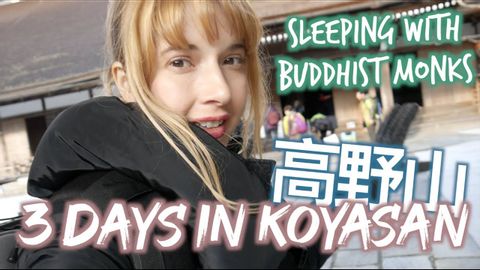
Subtitles & vocabulary
3 Days In Koyasan - Sleeping In A Buddhist Temple!!
00
林宜悉 posted on 2020/03/24Save
Video vocabulary
ultimately
US /ˈʌltəmɪtli/
・
UK /ˈʌltɪmətli/
- Adverb
- Done or considered as the final and most important
- Fundamentally; at the most basic level.
B1TOEIC
More meditation
US /ˌmɛdɪˈteʃən/
・
UK /ˌmedɪ'teɪʃn/
- Noun (Countable/Uncountable)
- Act of deep and quiet thinking
- The practice of focusing one's mind for a period of time.
B2
More journey
US /ˈdʒɚni/
・
UK /'dʒɜ:nɪ/
- Noun
- Act of traveling from one place to another; trip
- Intransitive Verb
- To travel through a place
A2TOEIC
More versatile
US /ˈvɚsətəl, -ˌtaɪl/
・
UK /ˈvə:sətail/
- Adjective
- Having many uses or skills
- Having or showing a wide range of skills.
B2TOEIC
More Use Energy
Unlock All Vocabulary
Unlock pronunciation, explanations, and filters
